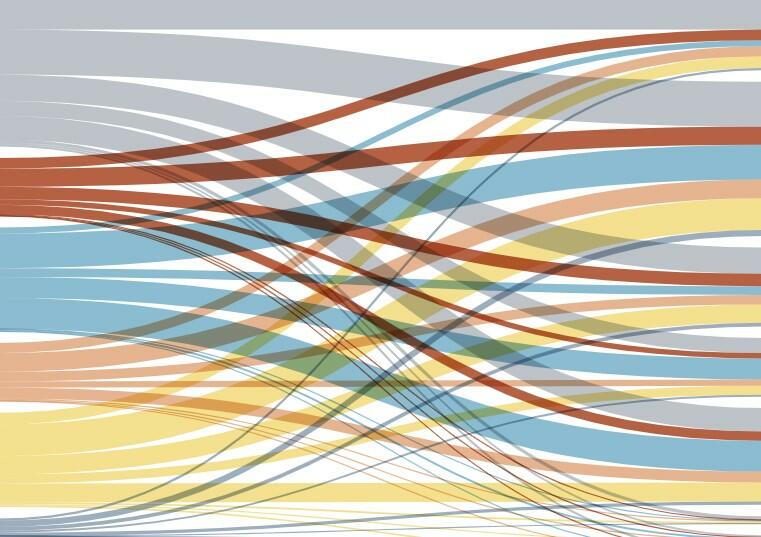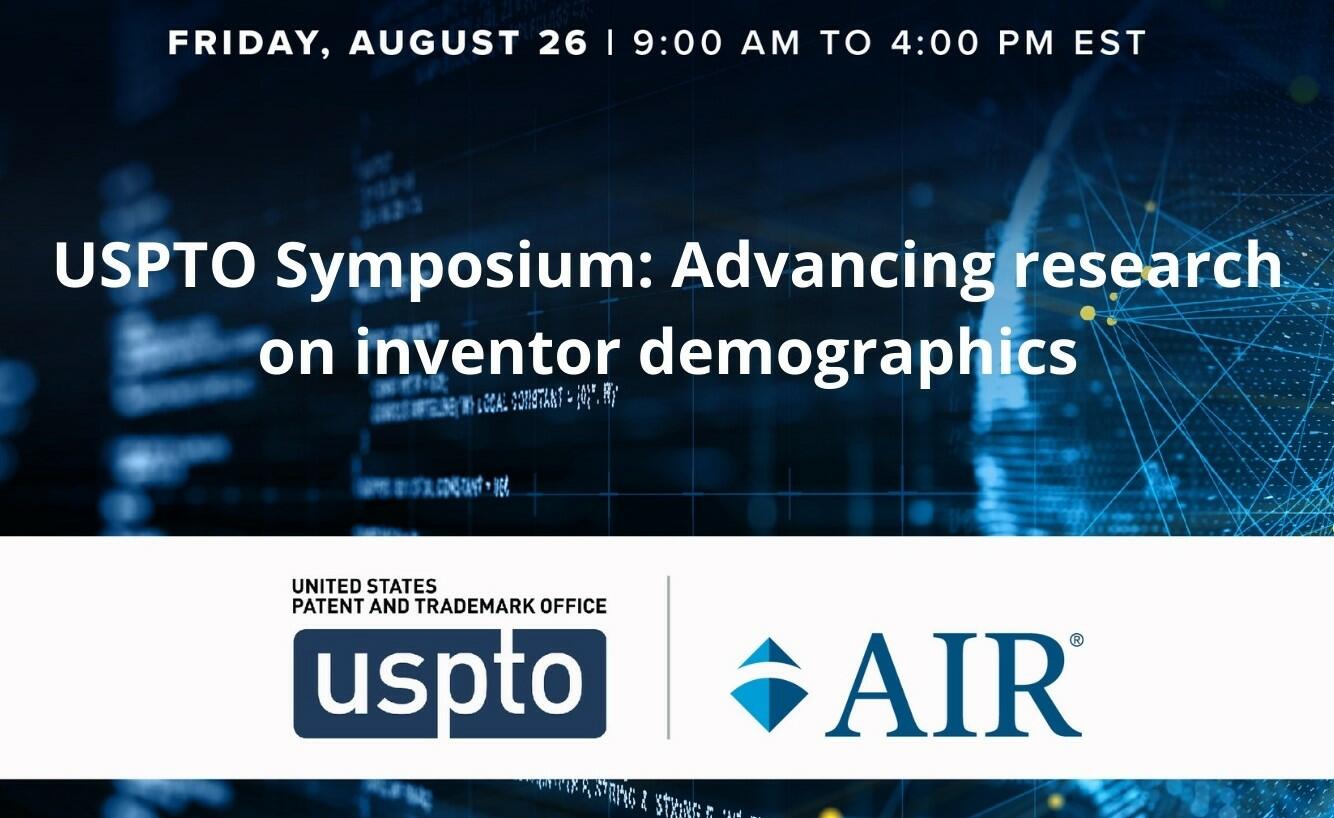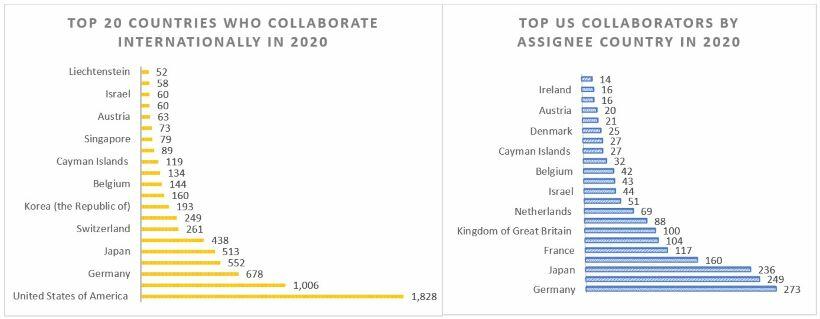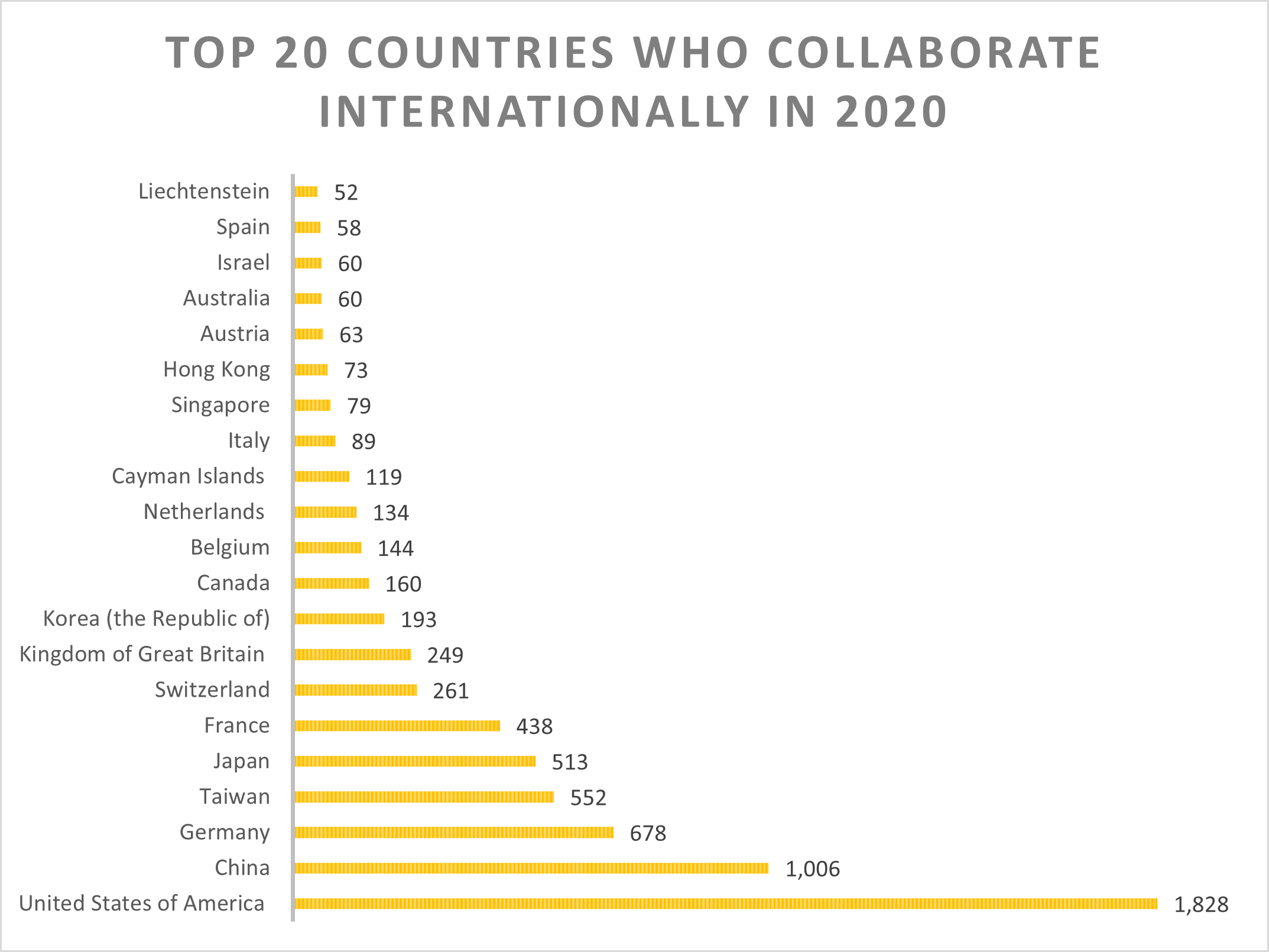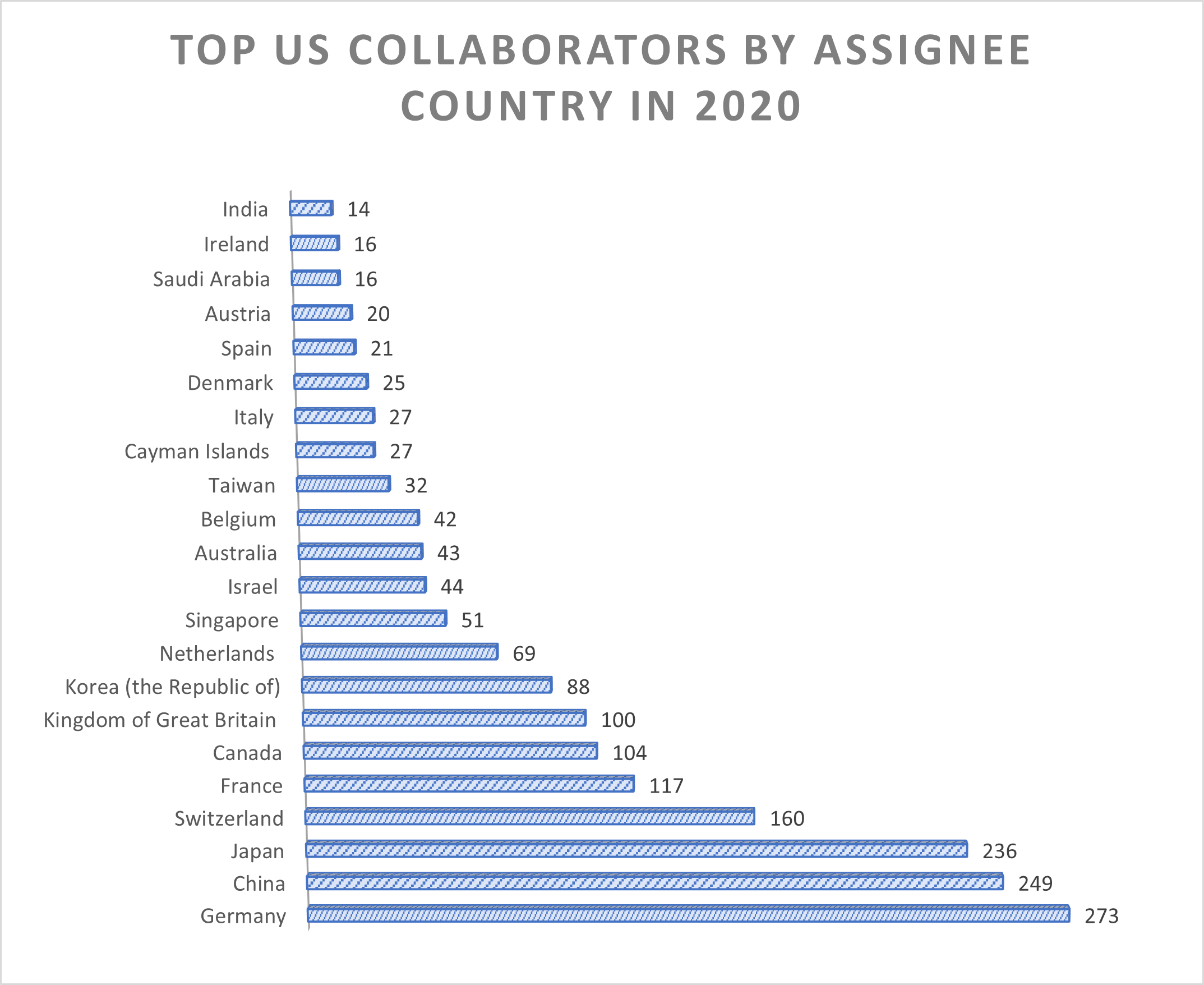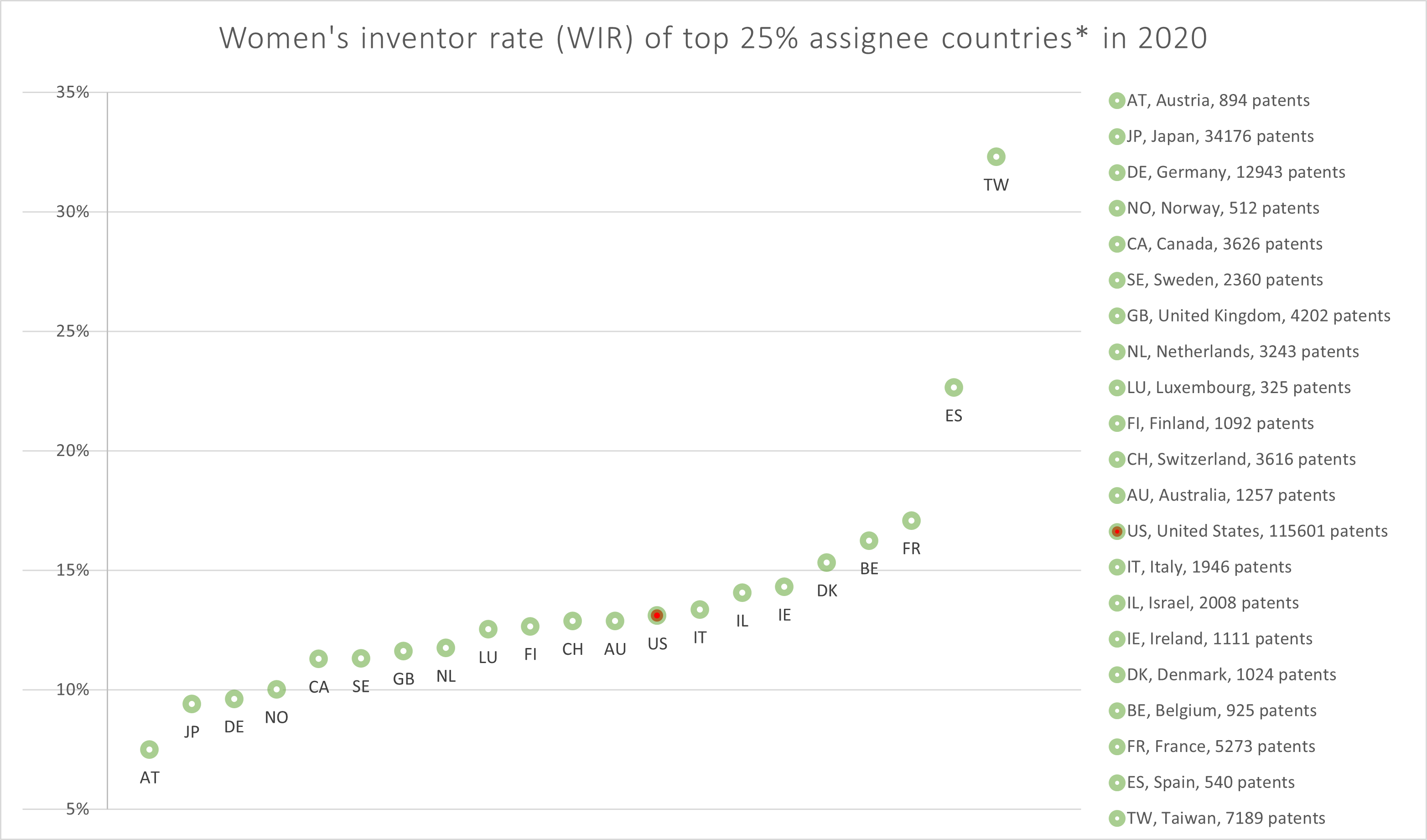AI & Innovation and Resource Pages Now Available
As we start a new academic year, PatentsView is working to help researchers better understand the relationships across various patents and innovative technologies. To that end, we’ve launched two new pages: a topic page on Artificial Intelligence & Innovation, and a new Resources page.
The Artificial Intelligence & Innovation Patent Dataset
While artificial intelligence (AI) has advanced by leaps and bounds, researchers are still working to understand the many ways AI inventions and innovations have impacted technology and society. To help researchers delve into how this emerging technology is affecting our lives, the United States Patent and Trademark Office (USPTO) released the AI Patent Dataset (AIPD).
The dataset includes an analysis of 13.2 million patent documents published through 2020, identifying which patents contain AI. The AIPD integrates seamlessly into PatentsView, allowing researchers to explore relationships between patents related to AI and the companies and inventors who hold them.
What’s on the new AI & Innovation page?
The new page contains an interactive data visualization that allows users to explore how patents are related to government interest, a deep dive into the machine learning model used to create the AIPD, and the latest AI-related news and reports.
Visit the new AI & Innovation Page now to find out more.
What’s on the new Resources page?
The new PatentsView Resources page provides patent researchers, inventors, and intellectual property afficionados an easy way to find code snippets and packages to better use the PatentsView API, sources to help researchers use BigQuery to explore historical patent and PatentsView data, Zenodo links between patents and scientific articles, and more.
You can also find information about the I3 Collaborative and IPRoduct repositories. I3 and IPRoduct are working groups for users to contribute to data frames and named data projects as well as export collaboratively made datasets. IPRoduct focuses on connecting patents to products in support of intellectual property rights, and I3 is a project to connect citations and patents among patenting groups worldwide.

